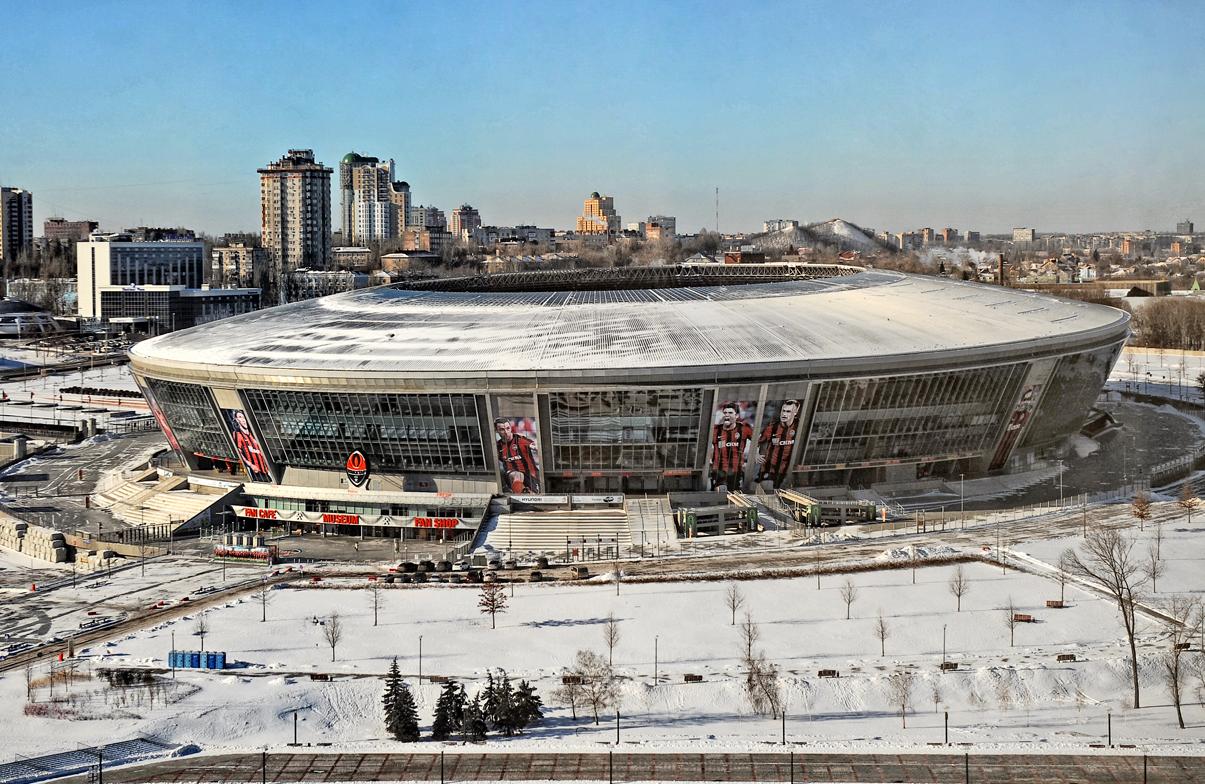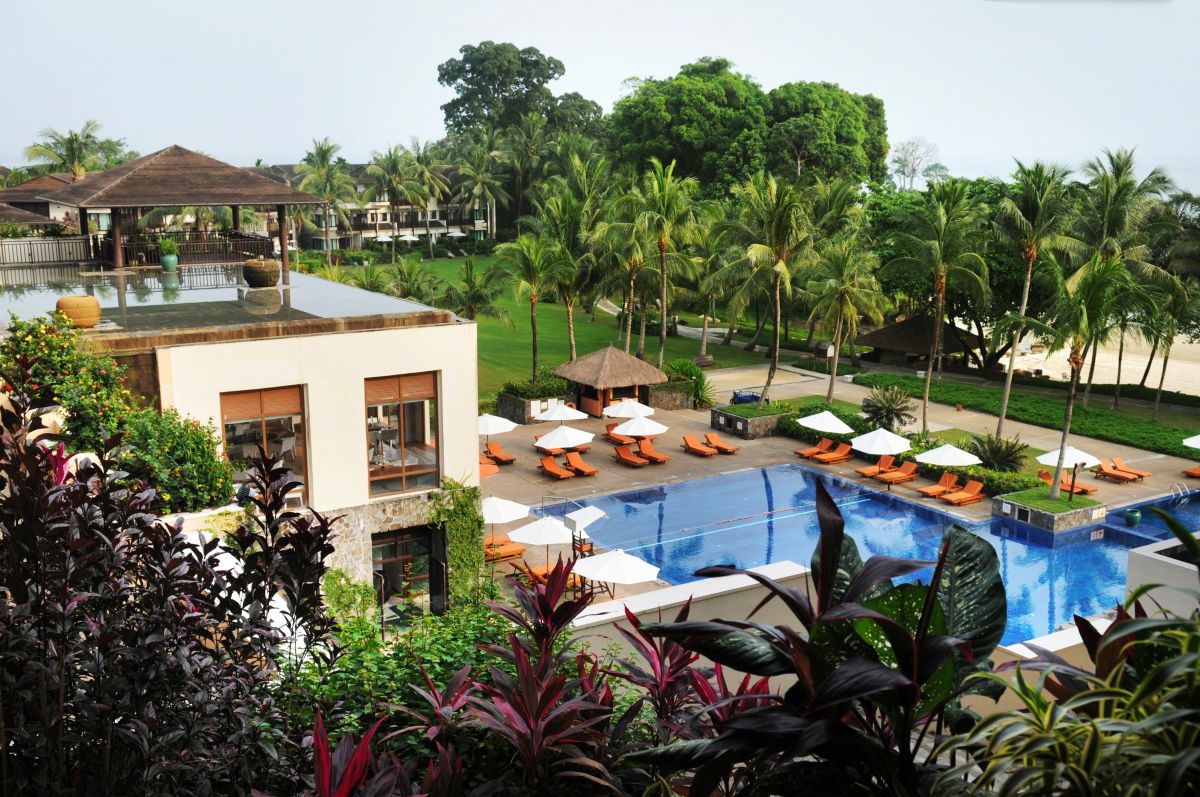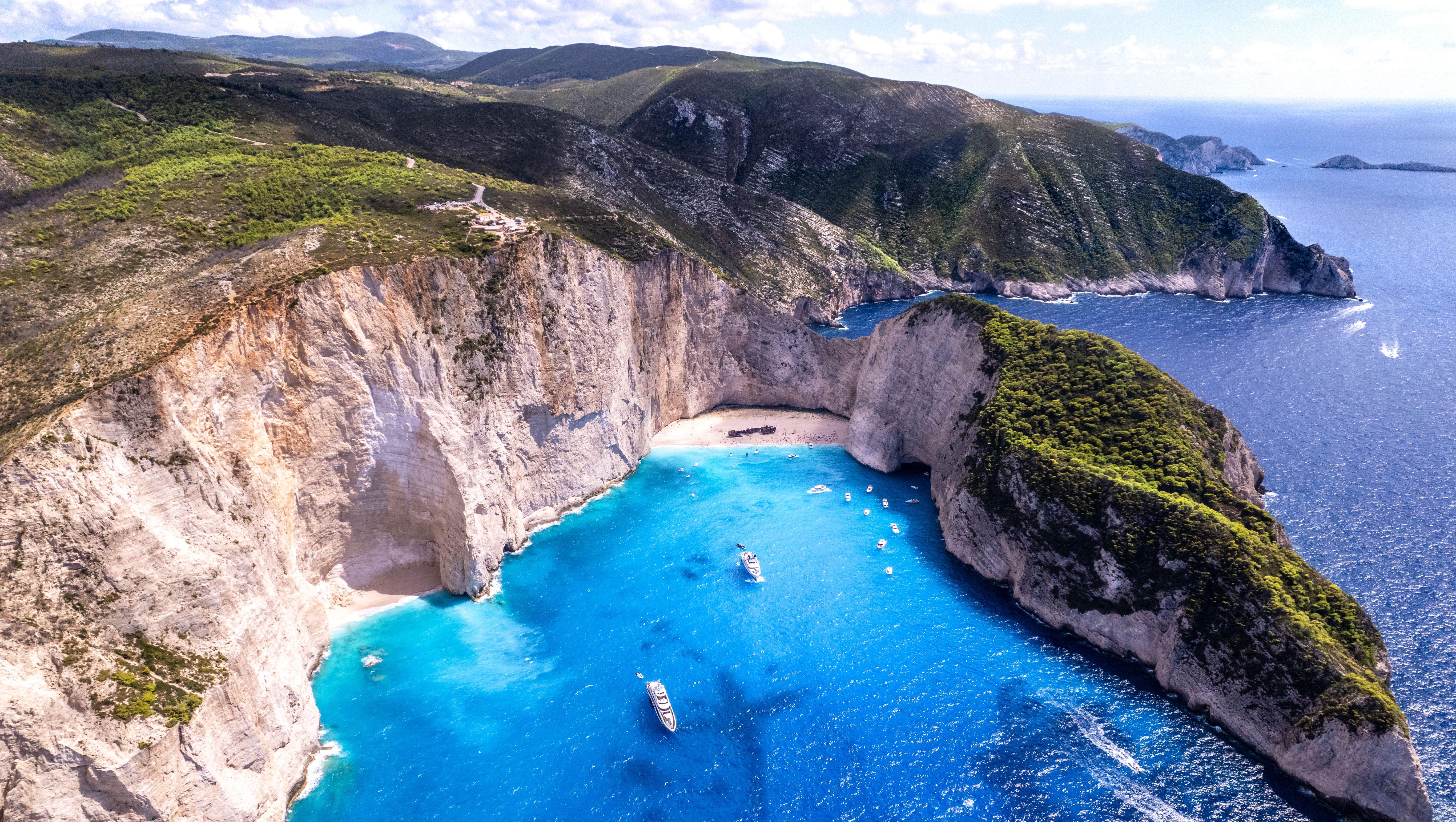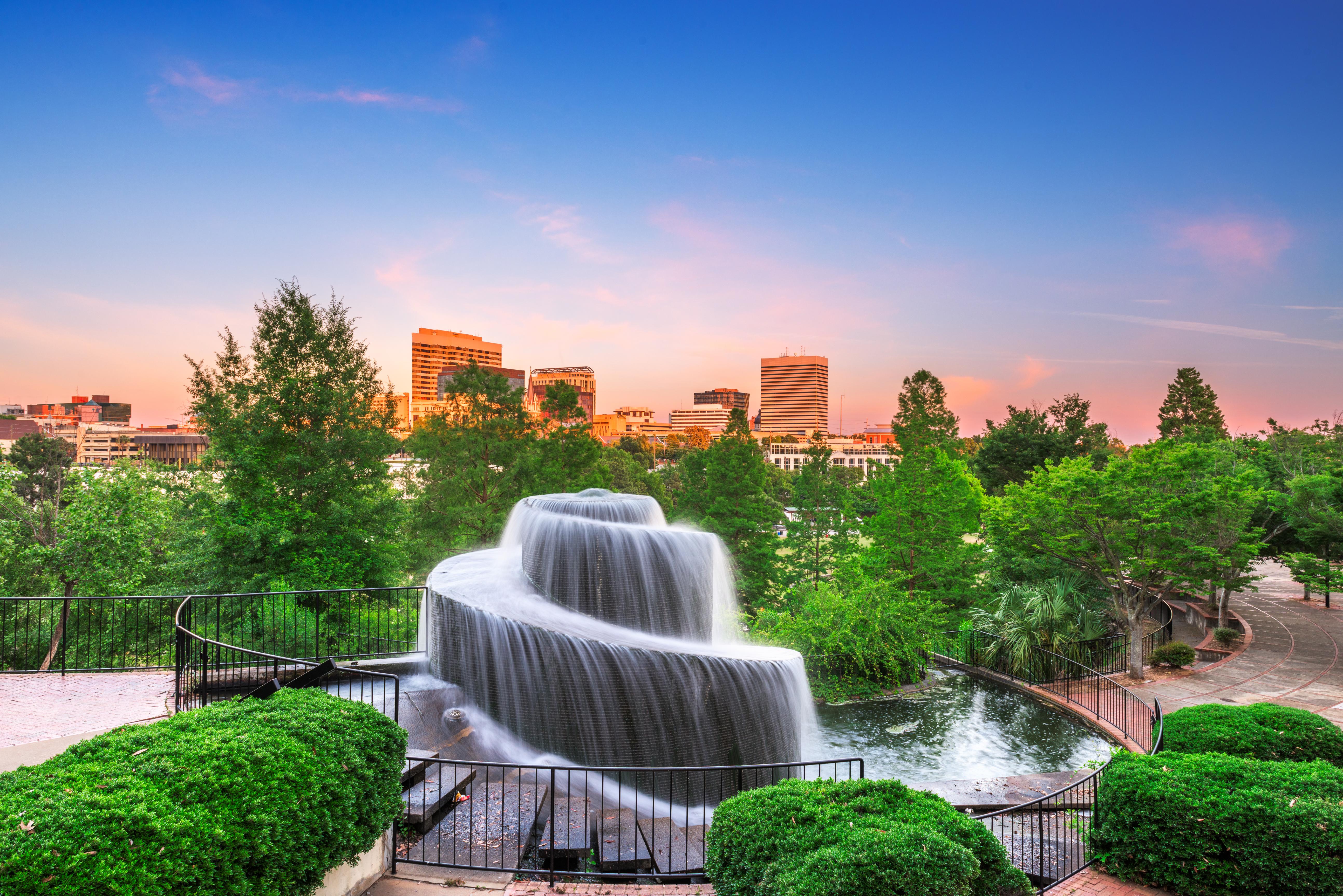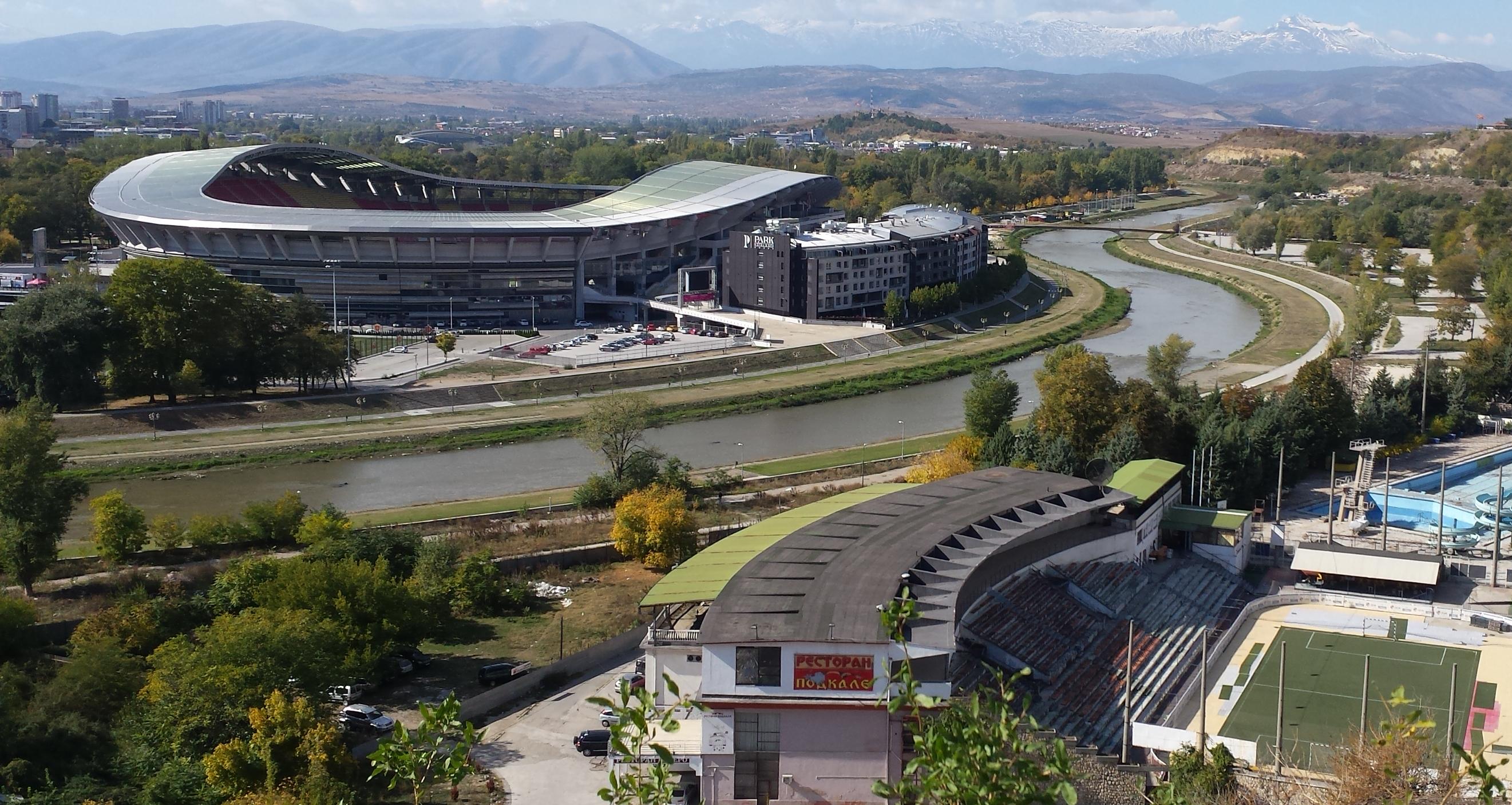11 Destinations Making Travel Easier for Every Body (Beyond Basic Ramps)
Travel isn’t a luxury when it’s built for everyone—it’s a right. And a growing number of destinations are finally designing travel that meets every body where it is. This new wave of inclusivity goes far beyond standard ramps and elevators. We're talking tactile maps, sensory-friendly museums, accessible beaches with floating chairs, and wayfinding apps built for screen readers. Whether you're navigating in a wheelchair, traveling with sensory sensitivities, or just need a little more thoughtfulness built into your trip—these 11 destinations are reimagining what it means to feel truly welcome while traveling. Let's take a look!
1. Barcelona, Spain: City Planning That Moves With You
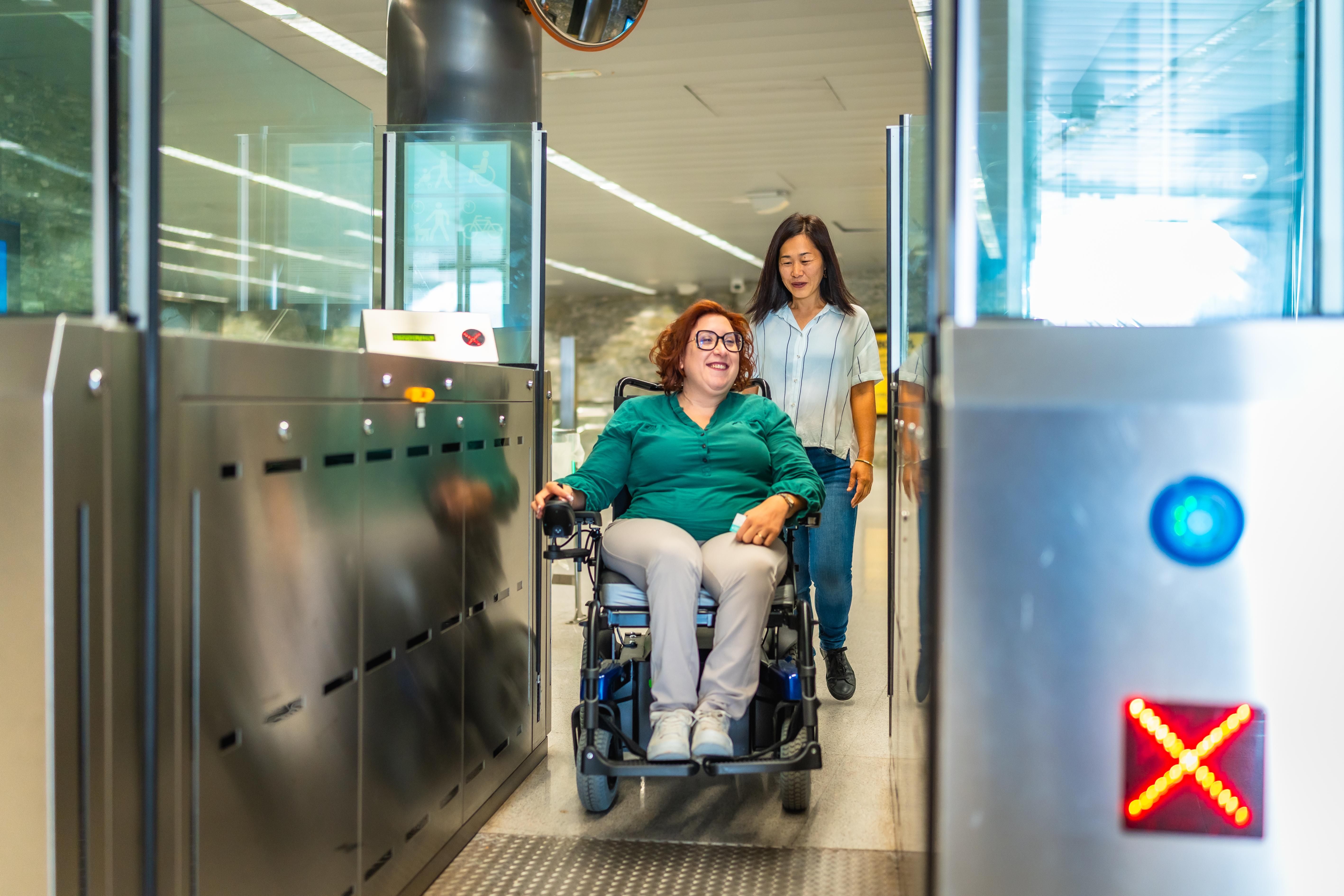
Barcelona is proof that accessibility can be beautiful, seamless, and built into everyday life. Over 90% of its metro system is wheelchair-accessible, and buses are fitted with ramps, space, and auditory stop cues. The city’s tactile sidewalk paths and audible traffic signals assist travelers with visual impairments. Even major attractions like the Sagrada Familia and Park Güell have taken thoughtful steps to accommodate visitors with varied mobility and sensory needs. From beach wheelchairs to inclusive signage, Barcelona isn’t just accessible—it’s anticipatory. You’ll notice it in the details—and that’s the point.
2. Singapore: A City-State Built on Universal Design
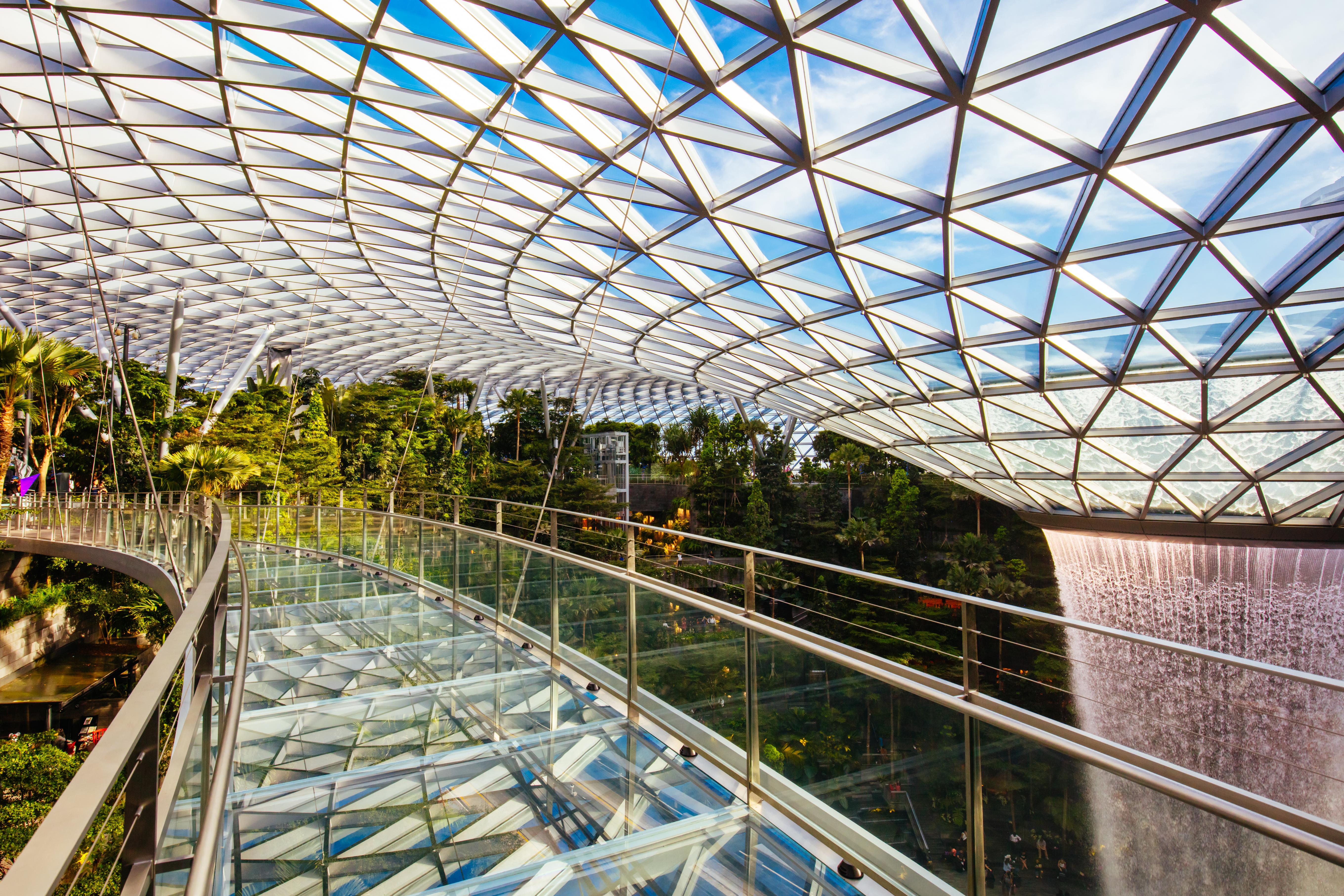
Singapore’s accessibility isn’t an afterthought—it’s a blueprint. From the moment you land at Changi Airport (one of the most inclusive hubs in the world), you’ll notice barrier-free pathways, accessible public transport, and smart wayfinding. Wheelchair users, visually impaired travelers, and those with sensory processing disorders all benefit from digital assistance tools and universally designed city spaces. The Enabling Village—part community center, part innovation hub—is a testament to how inclusion can be woven into daily life. Bonus: Singapore's attractions like Gardens by the Bay and the ArtScience Museum are built to be experienced by everyone, not just adapted.
3. Seattle, USA: Sensory Inclusion Starts Here
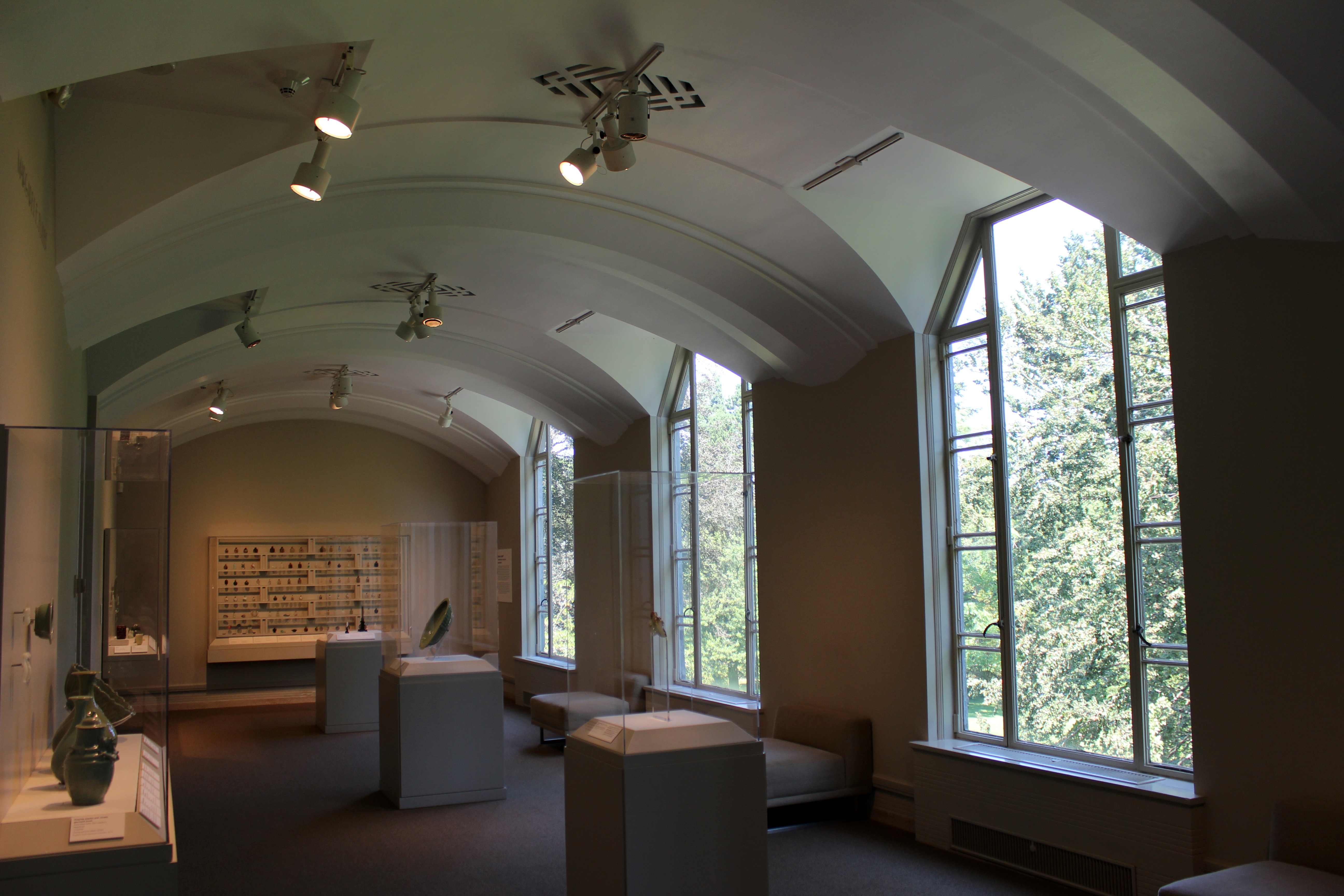
Seattle is a U.S. leader in sensory-friendly travel. From inclusive theaters with captioning and quiet zones to museums that offer sensory kits, this city understands that accessibility isn’t just about mobility—it’s about cognitive ease too. Major landmarks like the Museum of Pop Culture and Woodland Park Zoo offer visual schedules, sensory maps, and staff trained in neurodiversity awareness. Even Seattle–Tacoma Airport offers a sensory room and lanyard program for travelers who need a quieter, less chaotic journey through security. It’s thoughtful, it’s evolving—and it’s making a real difference for families.
4. Vienna, Austria: Accessible History Without Compromise
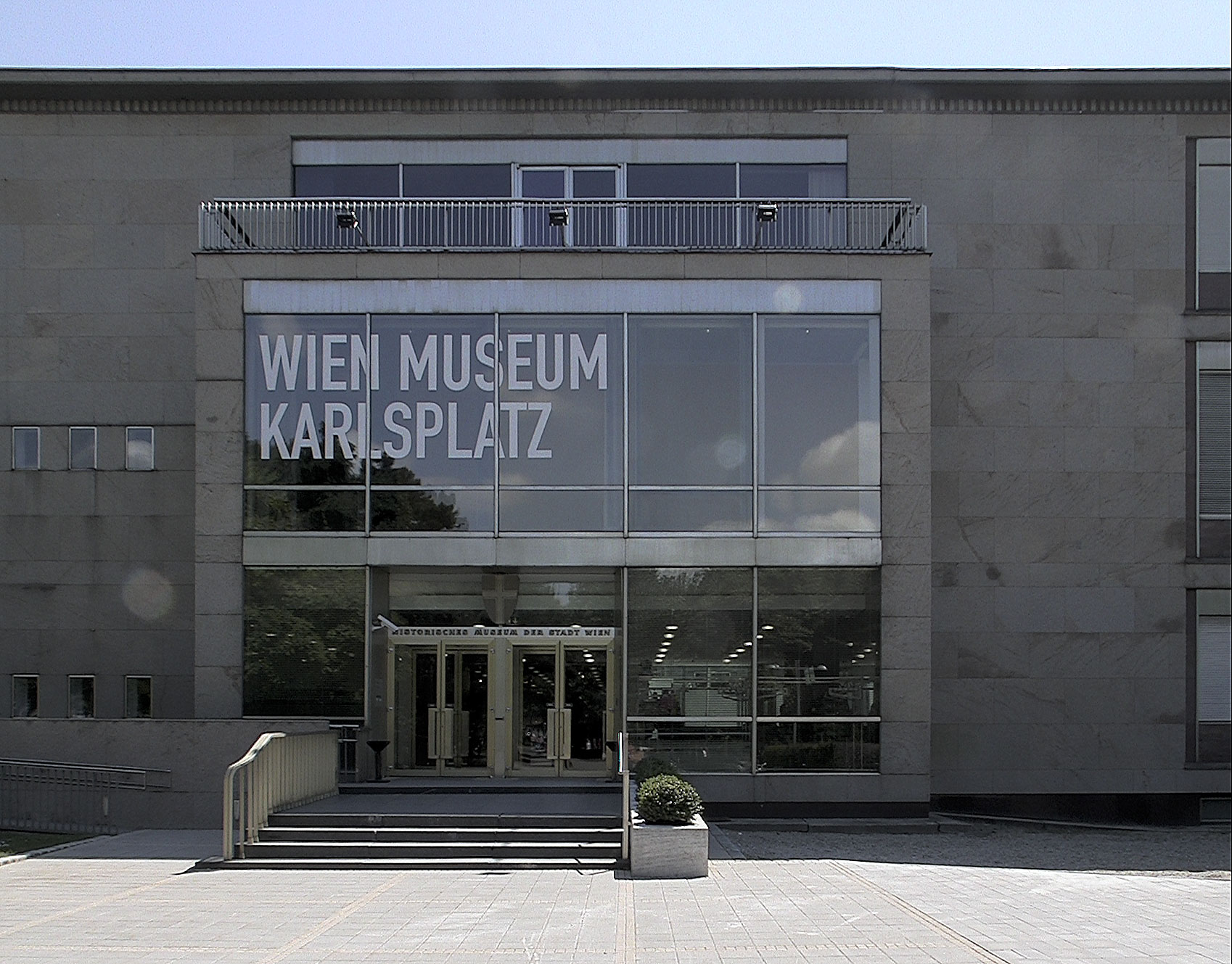
Vienna proves that historic doesn’t have to mean inaccessible. From adapted trams and elevators at centuries-old palaces to Braille signage in museums, the city has modernized without sacrificing charm. Its main train station, Stephansplatz, is a masterclass in inclusive urban design—featuring contrast flooring, ramps, and audible navigation. Even the Vienna State Opera offers hearing loop systems and audio description for select performances. You won’t have to “make do”—you’ll get the full experience, just adapted with care.
5. Tokyo, Japan: Technology Meets Empathy

Tokyo is one of the most densely populated cities in the world—and yet its approach to accessibility is meticulously organized. Subway stations have tactile floor indicators and elevator access; most public bathrooms include multifunctional accessibility features, including adult-sized changing tables. But it’s not just infrastructure—it’s attitude. Service staff are trained to assist with dignity and kindness, and tech innovations like voice-guided apps and robotic hotel assistants are redefining travel for individuals with vision or mobility limitations. It's efficiency wrapped in empathy.
6. Montreal, Canada: Cultural Access in Every Language and Mode

Montreal is working to make both its language and its spaces more accessible. Bilingual signage, inclusive museums, and an expanding fleet of adapted buses make getting around easier for all. Cultural hubs like the Montreal Museum of Fine Arts offer accessible tours for people with hearing, vision, and cognitive challenges. The city also hosts events like the Montreal International Black Film Festival with captioned and described screenings. Accessibility here isn’t just physical—it’s cultural, linguistic, and artistic.
7. Melbourne, Australia: Beaches, Parks, and Public Spirit
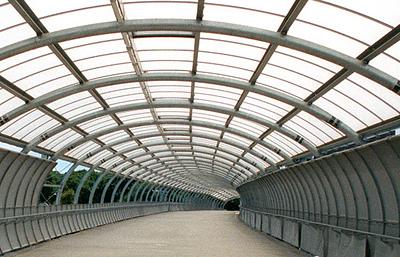
Melbourne has turned inclusivity into a public good. The city’s accessible beaches feature beach matting and floating wheelchairs, while its sprawling parklands include paths designed for all abilities. Public libraries provide screen readers and quiet rooms. Many restaurants and shops display stickers confirming wheelchair access and service-animal acceptance. The spirit of accessibility lives in both infrastructure and attitude—and it’s changing how locals and visitors move through space, together.
8. Dubai, UAE: Innovation for Inclusive Luxury
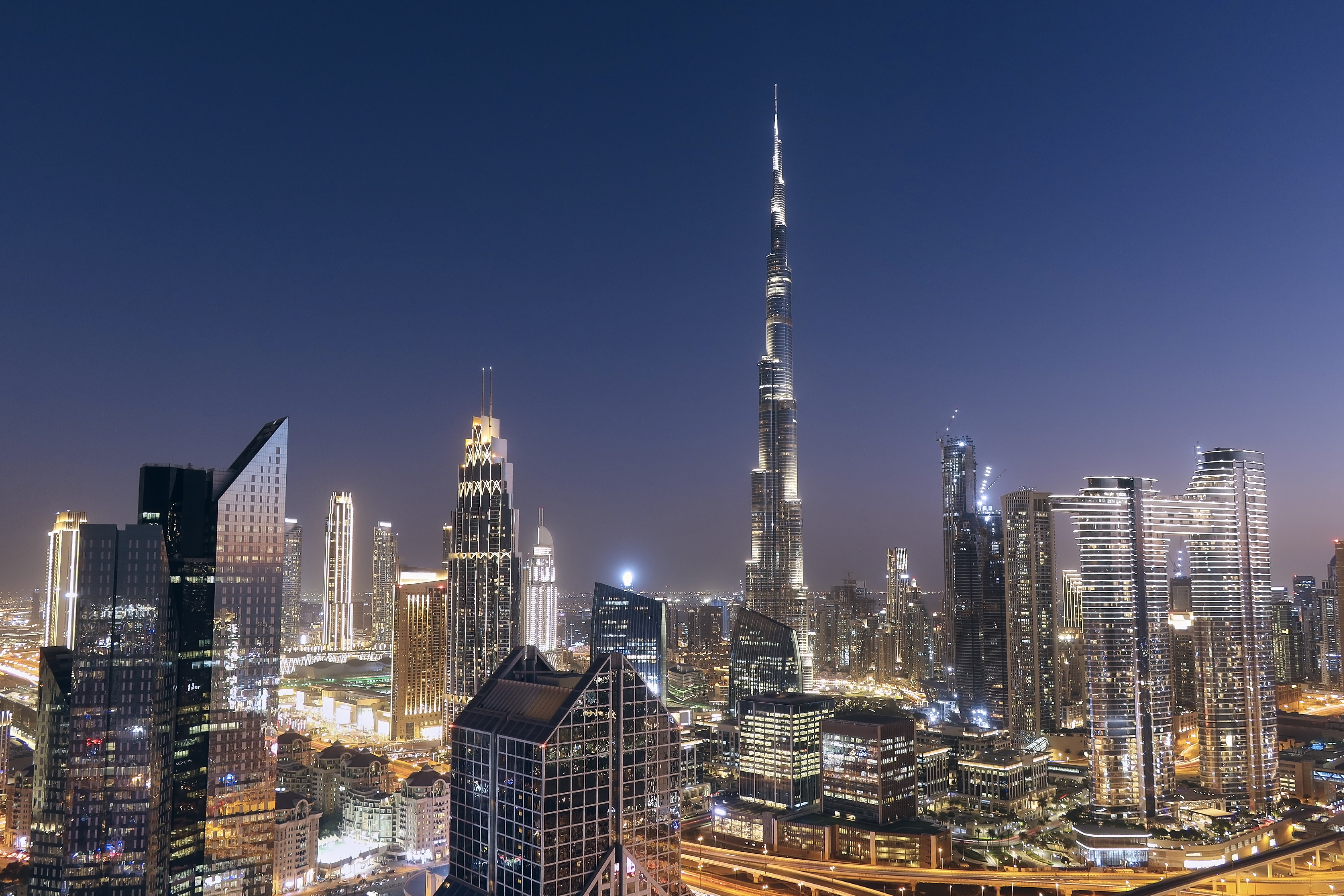
Dubai is fast becoming a model for luxury that includes everyone. Hotels and malls boast accessible designs as standard—not special request. Public transport is outfitted with priority boarding and voice prompts, and landmarks like the Burj Khalifa have thoughtfully integrated elevator access and sensory-aware staff. Dubai also hosts expos and conferences around disability innovation, placing inclusive tech and design at the center of its future-facing brand. It’s a city of spectacle, yes—but one that’s increasingly building for all bodies.
9. Amsterdam, Netherlands: Quiet Canals, Seamless Access
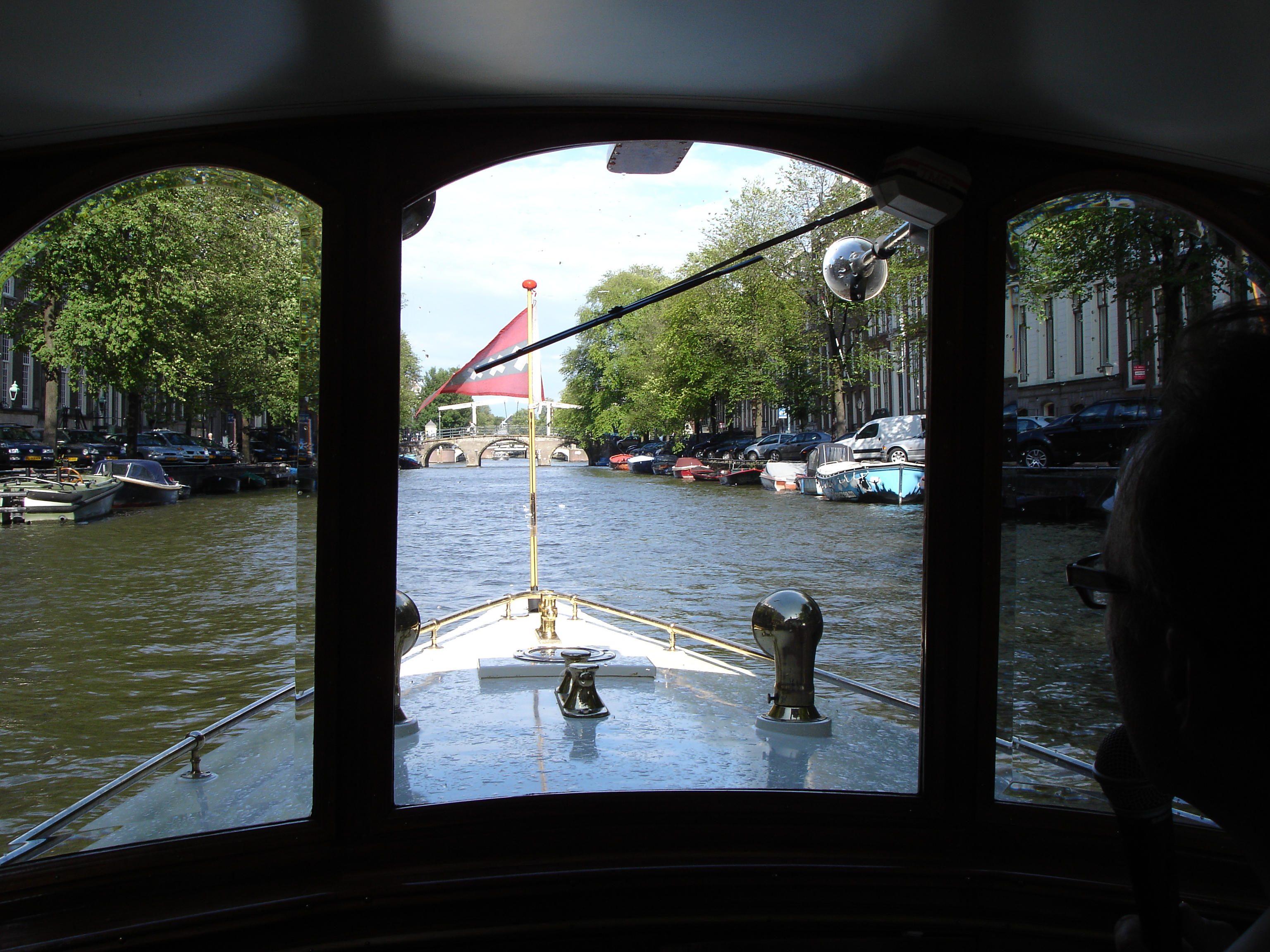
Amsterdam’s old-world charm doesn’t exclude. The city is updating its trams, ferries, and canal-side museums to accommodate wheelchair users and travelers with mobility or sensory challenges. Anne Frank House and Rijksmuseum both provide detailed accessibility guides and quiet visiting hours. The city also supports digital navigation apps tailored for neurodiverse travelers and those with visual impairments. It’s not perfect, but it’s evolving—and doing so with honesty and public transparency.
10. Reykjavík, Iceland: Small City, Big Inclusion
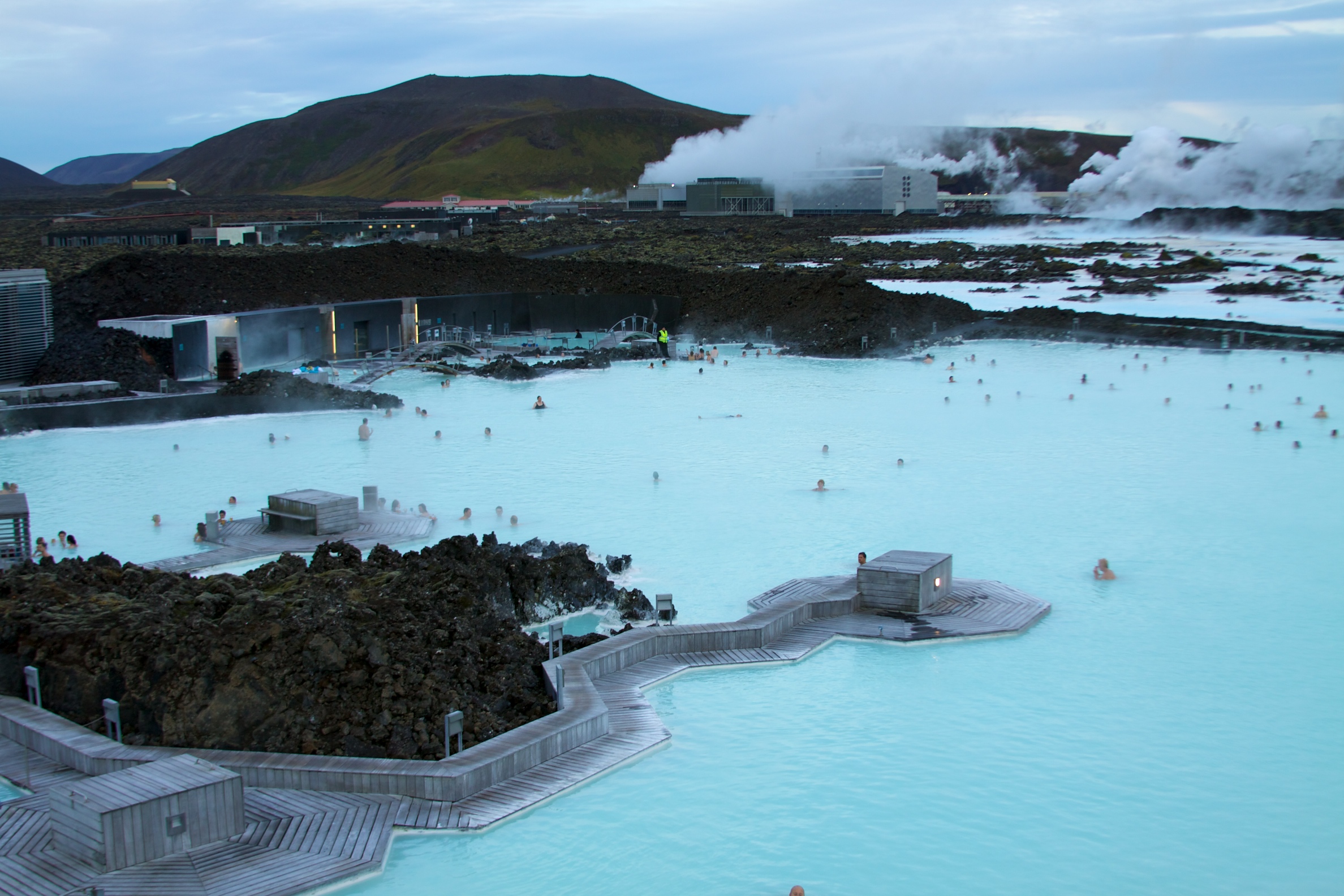
Reykjavík is a case study in how small-scale design can deliver big accessibility wins. With flat terrain, wide sidewalks, and easy-to-navigate city centers, the capital makes getting around intuitive. Public buses are equipped with ramps and visual stop displays, while major tourist sites outside the city (like the Blue Lagoon) offer accessible changing rooms and water-entry equipment. Bonus: Iceland's inclusive attitude toward mental health and neurodiversity adds another layer of psychological safety for travelers.
11. London, UK: A Living Lab for Inclusive Infrastructure
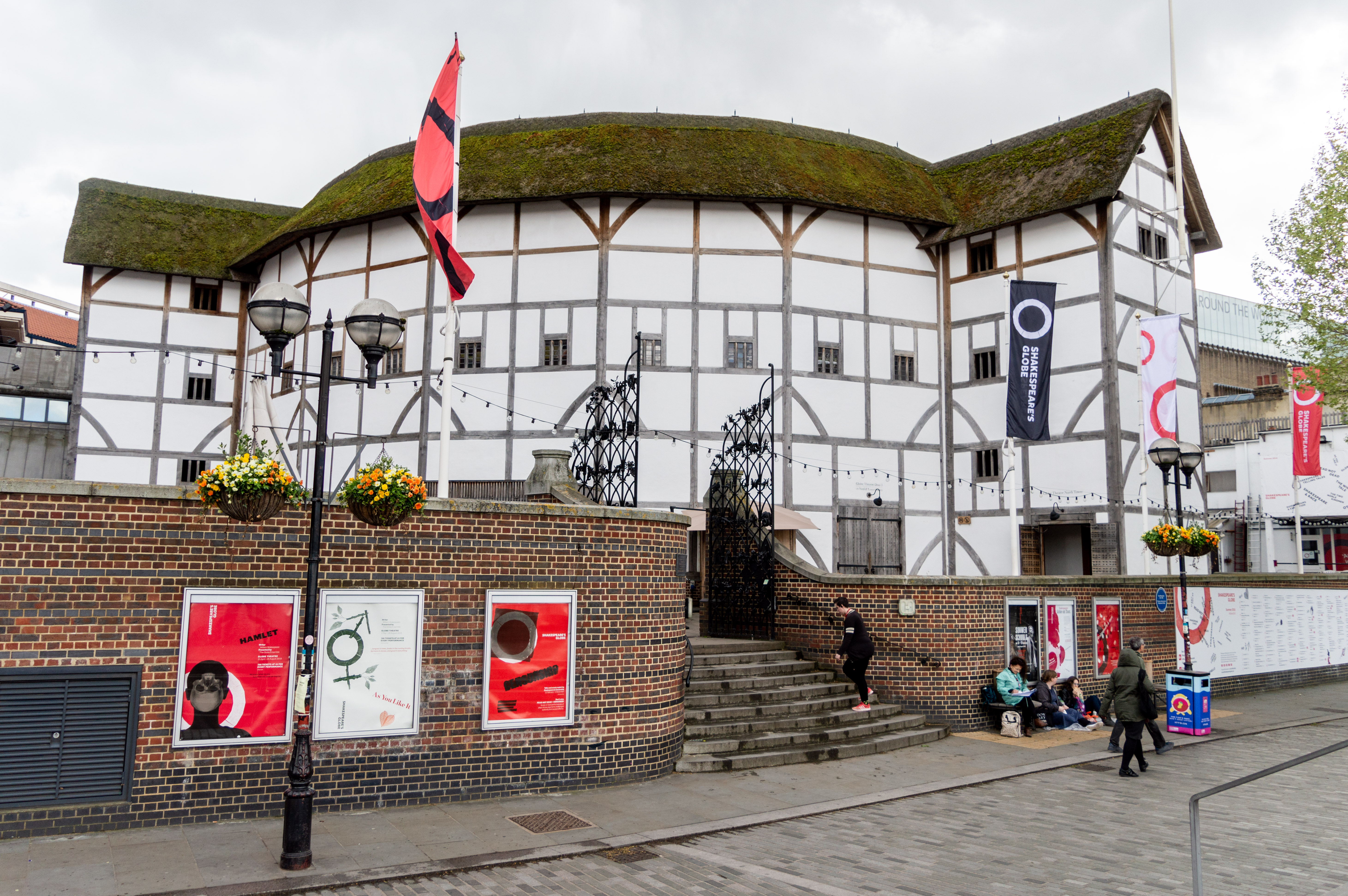
London is where legacy infrastructure meets modern innovation. From visual tube maps designed for neurodivergent travelers to quiet-hour museum programming, the city is rapidly expanding its inclusivity blueprint. Iconic venues like the British Museum and Shakespeare’s Globe offer wheelchair access, captioned performances, and sensory-friendly tours. Even Heathrow Airport has embraced sunflower lanyards to discreetly signal invisible disabilities. With its evolving transport network and focus on communication accessibility, London is redefining what it means to make a historic city truly inclusive.
True accessibility isn’t about checking a box. It’s about asking: Would I feel welcome here in this body, with this mind, under these conditions? These 11 destinations answer that question with a yes—not through just the policy, but through presence, design, and dignity. Ramps are the baseline. Ease, respect, and joy? That’s the new standard.



